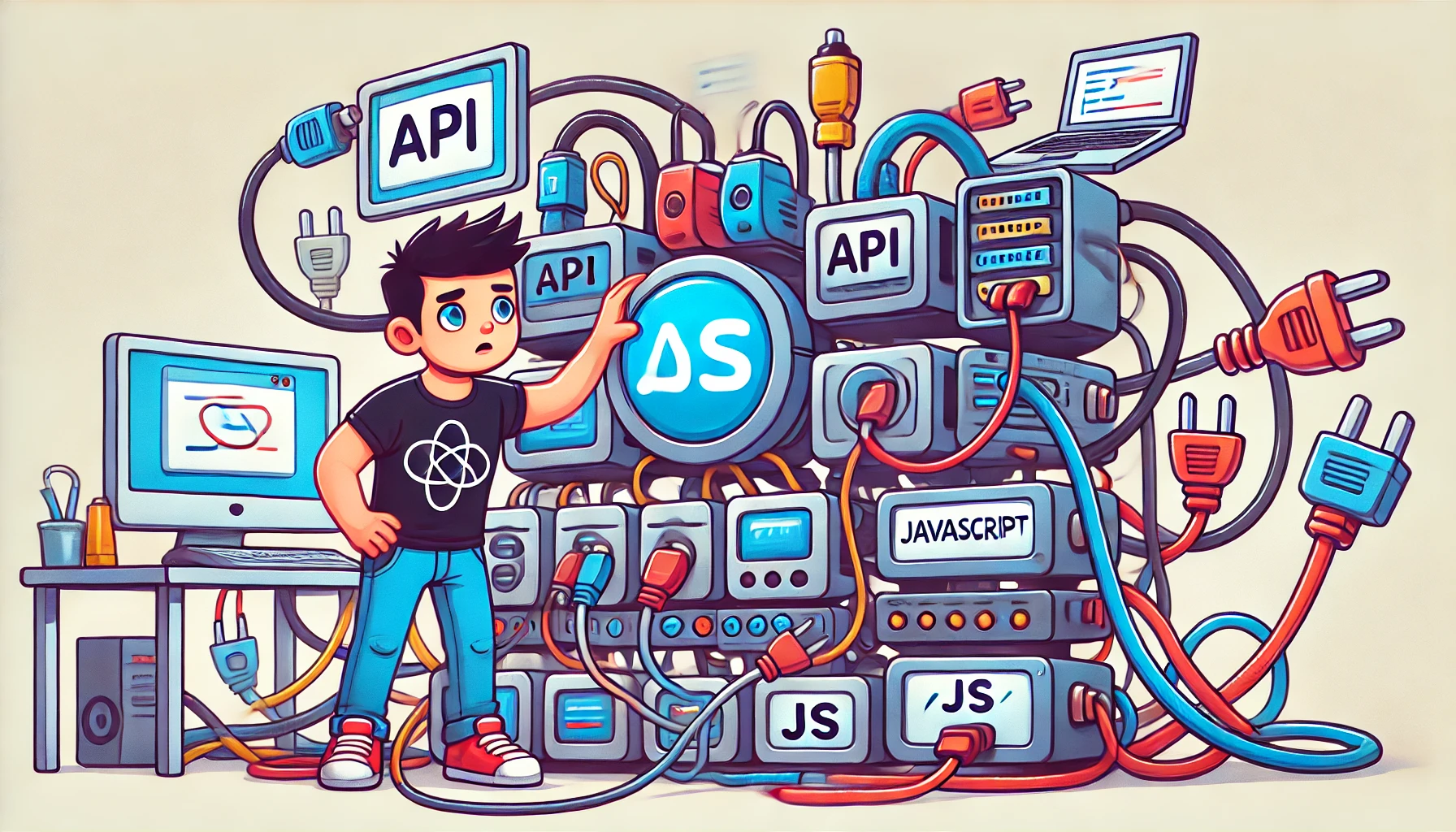Building Webhook-Enabled LLM Workflows in JavaScript with Codehooks.io
Most AI projects don't need a fleet of orchestration tools to run a few prompt chains. The real work is state management, retries, scheduling, and simple persistence—the operational glue between LLM API calls.
This post shows you how to build a production-ready text summarization workflow using Codehooks.io, the Workflow API, and OpenAI. You'll learn:
- OpenAI API integration patterns: Error handling, retries, rate limiting, and cost optimization
- Workflow state management: Building reliable multi-step processes with caching and persistence
- Webhook triggers: Event-driven workflows that respond to GitHub issues (and other external services)
- Programmatic access: How to trigger and manage workflows via REST API, CLI, and webhooks
By the end, you'll have a working summarizer that caches results, stores them in a NoSQL database, and can be triggered via REST API or GitHub webhooks—all deployed with a single command.
Here's the workflow we'll build:


